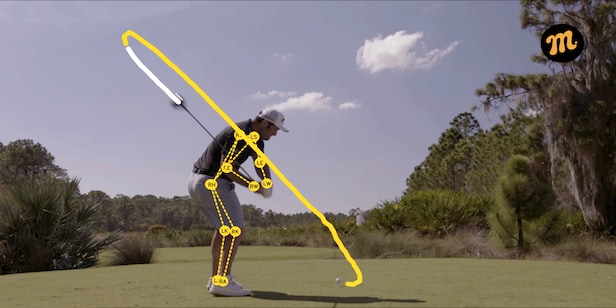It’s time to consider replacing this specialty club in your bag – Australian Golf Digest

- by Admin
- December 9, 2024

Question: I’m trying to figure out what’s the perfect mix of clubs for my game. Is there one club I might not need?
Answer: The R&A and USGA permit you to carry 14 clubs in your bag – assuming you’re playing by the Rules of Golf – but there’s nothing that says you must tote around the maximum number of sticks. It’s possible that 12 or 13 might do the trick and bring out your creativity when you’re between clubs. In some cases, it pays to embrace a contrarian gear setup.
If you’re unsure whether a club is worthy of a spot in your bag, take a few moments to think about your game and track the clubs you hit. It’s very likely you’ll find a club that rarely sees action or produces inconsistent results. Only you can make that determination, but if I were to hazard a guess, I’d say the 60-degree lob wedge should get the boot.
I know what you’re probably thinking: I use my lob wedge all the time! If you’re a single-digit player with a deft touch, feel free to ignore this bit of advice. This is geared to mid and high-handicappers who tend to struggle with inconsistent contact around the green.
Having spoken to several experts in instruction, I can tell you almost all of them suggest replacing a 60-degree with something that gives you a fighting chance to get up and down.
For the most part, the lob wedge is designed for golfers who have better-than-average feel and know how to consistently deliver the leading edge of the club underneath the ball at impact. For the rest of the golf population, this club typically comes with more headaches than it’s worth, like flubs and skulled shots. Sound familiar?
It also can be a difficult club to judge on full swings. As legendary instructor Butch Harmon noted recently, “When you try to smash a lob wedge, you really only hit the ball higher, not further, and higher brings more variables into play and means you have to fly the ball right to your target. Trying to carry a lob wedge all the way to a back pin makes zero sense.”
So what’s the smart move if a 60-degree isn’t a viable option on full swings and makes greenside shots harder? A wedge with 56 degrees of loft is probably far more reliable if your scoring is erratic from inside 70 or so paces. In almost every case, it’s easier to execute a high-percentage pitch shot with less loft than it is to play a full-blown flop shot.
While this isn’t a hard-and-fast rule, short game guru Parker McLachlin revealed that he uses driving distance to gauge whether a lob wedge deserves a spot in a player’s bag.
“If you don’t hit the ball longer than 270 yards off the tee, there’s no reason to have anything more than a 60-degree,” McLachlin once told me. “If you hit it 240, I’d probably want you to have a 58 as your highest-lofted wedge. How far you hit the ball is an important factor, because that’s how we’re going to back you into how high your highest-lofted wedge should be.”
Nothing says you can’t play a lob wedge if you hit it, say, 240 metres with the driver, but ask yourself if the club is reliable and serves a purpose on the courses you play. It might behoove you to add another long club and go to a three-wedge setup versus automatically carrying a lob wedge.
Pulling off a flop shot can be exhilarating, but not at the expense of your sanity and your scores.
The Latest News
-
December 22, 2024AFL legend Aaron Shattock placed in induced coma following freak accident while operating an excavator
-
December 22, 2024Test discard brings the heat after Boxing Day axing
-
December 22, 2024Australian cricket team at MCG: Near 60% win record, unbeaten for three years | Cricket News – Times of India
-
December 22, 2024Zheng to skip United Cup, focus on Aussie Open
-
December 22, 20242024 runner-up Qinwen Zheng pulls out of Australian Open lead-in event





